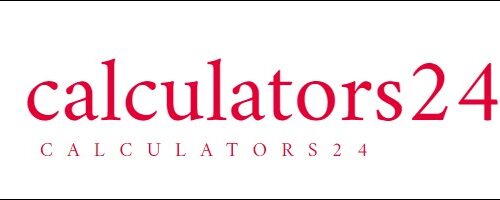Enter the number of bits:
Result:
Tebibits (Tib)Navigating Digital Data: Unraveling the Bits to Tebibits Conversion Saga
In the expansive realm of digital information, the significance of units of measurement cannot be overstated when it comes to comprehending and managing data. While “bits” serve as the fundamental building blocks of digital information, their efficacy diminishes when grappling with vast datasets. Enter the realm of “tebibits” (Tib), a game-changer. In this exploration, we will delve into the intricacies of bits, tebibits, and unveil a convenient converter poised to make the transition between them seamless.
Bits: The Digital Foundation
Bits, a contraction of “binary digits,” stand as the elemental units of digital information. Each bit embodies one of two binary states: 0 or 1. This binary system lays the groundwork for encoding and transmitting all forms of digital data, whether it be a succinct text message, a captivating image, an enthralling video, or a sophisticated software program residing on your devices — all intricately composed of these minuscule binary entities.
Tebibits: Managing Data at a Grand Scale
In the ever-expanding landscape of digital datasets, the practicality of expressing data quantities in bits diminishes as size and complexity increase. Enter tebibits. A tebibit (Tib) emerges as a formidable unit of digital information, representing a substantial data volume. To be precise, one tebibit equals 2^40 bits. Tebibits find common utility in data storage, networking, and data transmission, offering a more wieldy means of describing colossal data volumes.
Bridging the Gap: Bits to Tebibits Conversion
The transition from bits to tebibits necessitates addressing the significant scale difference between these two units. The conversion process adheres to a straightforward formula:
javascriptCopy code
Number of Tebibits (Tib) = Number of Bits / 2^40
For simplifying this conversion journey, our “Bits to Tebibits Converter” awaits above. Simply input your bit quantity, execute a click on the “Convert” button, and voila! The converter promptly presents the equivalent tebibit figure.
Understanding the interplay between bits and tebibits proves indispensable, particularly in domains like data storage, network engineering, and data analysis. This converter stands as a priceless asset, facilitating the effortless transition between these units. Its significance amplifies when grappling with extensive datasets and high-speed data transmission, as it streamlines the process of managing and communicating data volumes with unparalleled efficiency.
